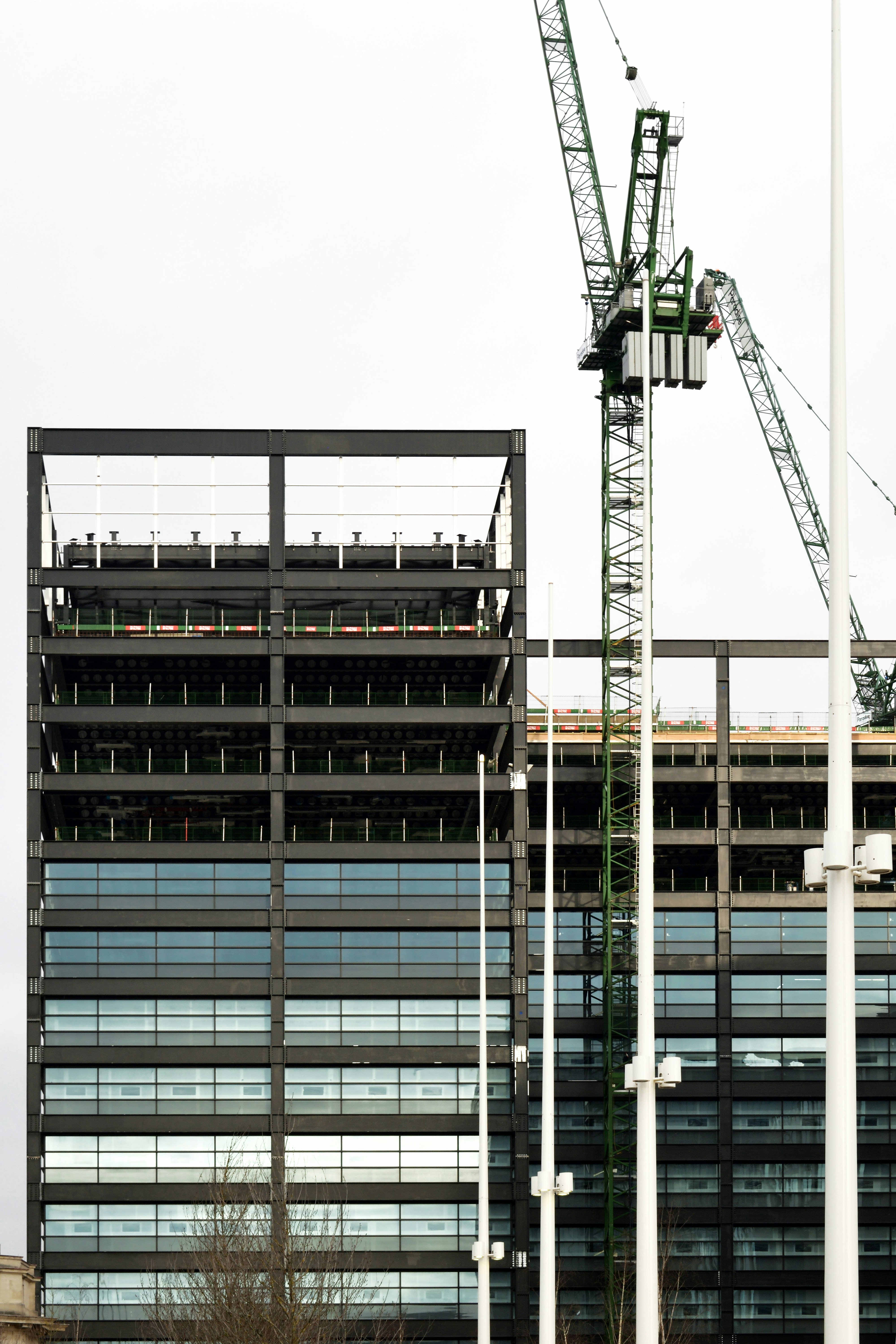Introduction: Strengthening Structures to Weather the Storm
Hurricanes pose a significant threat to the safety and well-being of communities across Florida and other coastal areas. With the increasing frequency and intensity of these storms due to climate change, it’s crucial that we adapt our building codes to ensure the resilience of our homes and infrastructure. Adapting building codes is a proactive measure to mitigate damage, reduce economic losses, and enhance the safety of residents.
Why Building Codes Matter in Hurricane-Prone Areas
Building codes set the standards for construction practices, ensuring that structures can withstand extreme weather conditions like hurricanes. These codes specify requirements for materials, design, and construction methods that improve the structural integrity of buildings. By integrating hurricane resilience into these codes, communities can significantly reduce the risks associated with storm damage.
For instance, after Hurricane Andrew devastated Florida in 1992, the state implemented some of the strictest building codes in the United States. These updated codes have proven effective in minimizing damage in subsequent hurricanes.
The Evolution of Building Codes: A Response to Changing Threats
As hurricanes grow more powerful, building codes must evolve to address new challenges. This involves not only strengthening structures but also considering the impact of flooding and wind-driven rain. Current building codes focus on factors such as wind resistance, impact-resistant windows, and secure roofing systems.
The Florida Building Code, for example, requires that buildings in high-wind regions be constructed to withstand winds of up to 180 miles per hour. Additionally, innovations like floodproofing and stormwater management systems are being incorporated to address water-related challenges.
Innovative Approaches in Hurricane-Resilient Construction
Engineers and architects are pioneering new techniques to enhance hurricane resilience. Some of these innovations include:
1. **Reinforced Concrete Walls:** Using reinforced concrete enhances a structure’s ability to withstand high winds and flying debris.
2. **Elevated Foundations:** Raising buildings above expected flood levels can prevent water damage during storm surges.
3. **Impact-Resistant Glass:** Specially designed glass windows can resist the impact of debris, reducing the risk of breakage.
4. **Cross-Ventilation Systems:** These systems help equalize air pressure inside the building during a hurricane, decreasing the risk of structural failure.
These measures not only protect the physical structure but also enhance the safety and comfort of occupants during extreme weather events.
Community Involvement and Education
Adapting building codes is not just the responsibility of policymakers and builders; it requires the active participation of communities. Educating residents about the importance of adhering to building codes and the benefits of hurricane-resistant features is essential. Non-profits like HelpNow play a pivotal role in raising awareness and providing resources for communities to enhance their preparedness.
By participating in programs offered by organizations such as HelpNow’s training courses, homeowners can learn about available retrofitting options and how to implement them effectively.
Challenges and Considerations
While adapting building codes is a critical step towards resilience, challenges remain. Retrofitting older buildings to meet current standards can be costly, and there may be resistance due to financial constraints. Furthermore, ensuring compliance with these codes requires rigorous enforcement and regular updates to address new scientific findings and technological advancements.
Government initiatives and incentives can play a crucial role in overcoming these obstacles. For example, Florida offers various grants and tax incentives for homeowners and builders who invest in hurricane-resilient features.
Conclusion: Building a Resilient Future
As hurricanes continue to pose a threat to our communities, adapting building codes is a vital strategy in safeguarding lives and properties. By incorporating hurricane resilience into construction practices, we can minimize the devastating impacts of these storms and build a more secure future for generations to come.
For more information on how you can contribute to community preparedness and resilience, consider joining HelpNow’s initiatives by visiting our membership page.
Additional Resources
To learn more about the importance of building codes and hurricane preparedness, check out resources from the FEMA Building Science and the Ready.gov Hurricane Guide.

